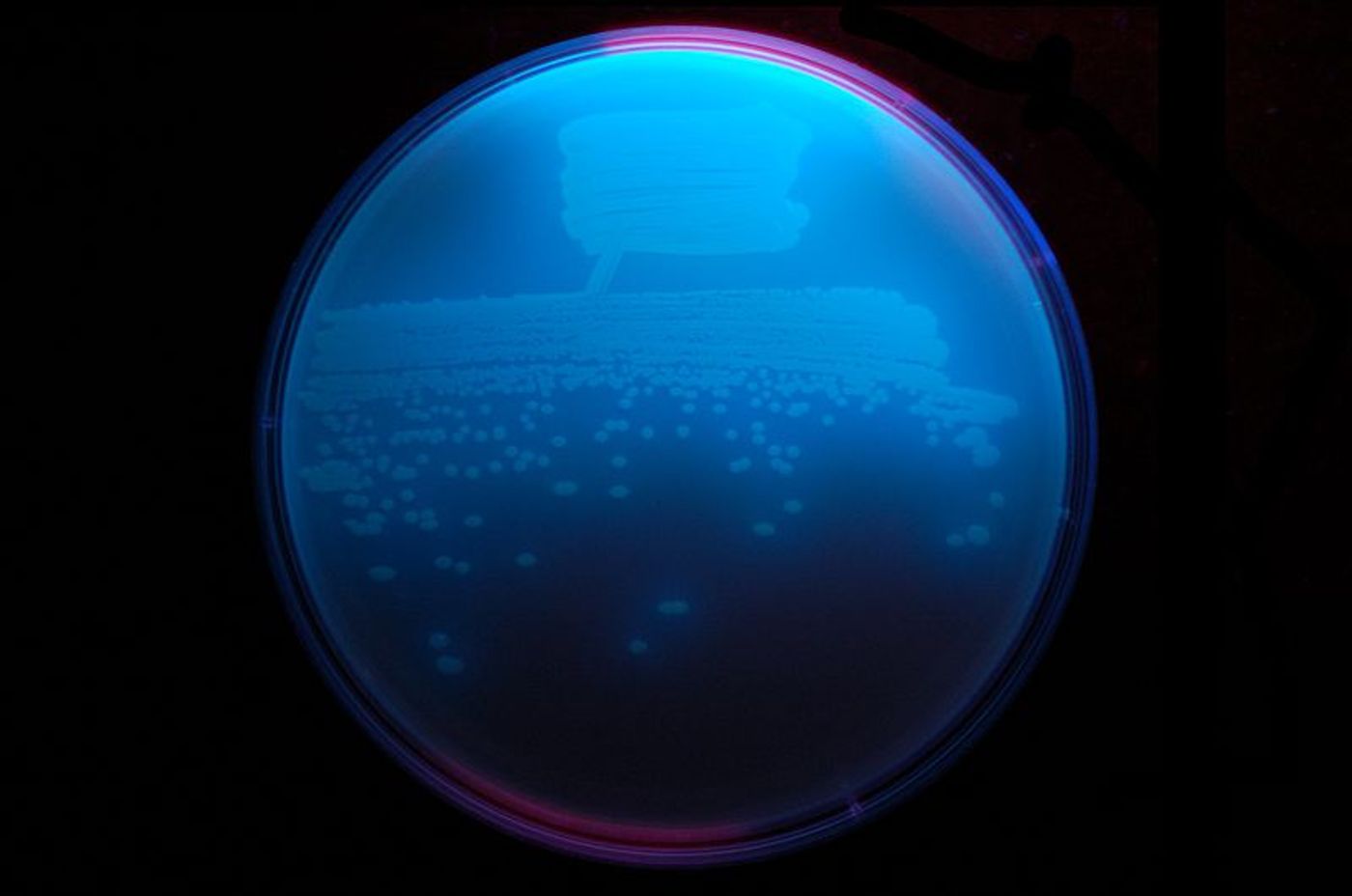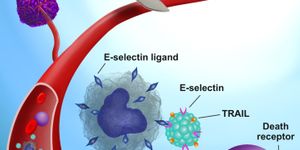Picturing a New Kind of Antibiotic
Scientists have now deciphered the X-ray crystal structure of an enzyme that generates a unique, broad-spectrum antibiotic called obafluorin. Knowing how the structure is generated in nature can help researchers created new antibiotics. The enzyme can make obafluorin’s ring structure, which is highly reactive. The findings, which could also aid in producing new types of biopesticides, have been reported in Nature Communications.
"Obafluorin has a novel structure compared to all FDA-approved antibiotics," said Timothy Wencewicz, assistant professor of chemistry in Arts & Sciences at Washington University in St. Louis. "In the long term, we really need new structural classes of antibiotics that have never been contaminated by clinical resistance from established antibiotic classes."
Soil is known to be the home of untold numbers of microbes, which often have to compete with one another for resources. That means that some bacteria generate powerful antibiotics for self-defense. Fluorescent strains of soil microbes create obalfuorin, which was discovered in 1984. In 2017, the genetic sequence of an enzyme that generates its ring structure was revealed.
The structure of proteins including enzymes is critical to their function. Now, researchers know how particular parts of the ObiF1 enzyme are arranged in three-dimensions.
"The solution of this structure expands on previous discoveries to provide views of the molecular interactions between catalytic domains in a brand new way," said Andrew M. Gulick, associate professor in the department of structural biology in the Jacobs School of Medicine and Biomedical Sciences at the University at Buffalo. "This is a brand new class of compounds, and we've never had the molecular vision to appreciate how they are produced."
Penicillin also has a four-membered ring structure, which is considered unstable because of the strain it puts on the ring members. That makes them challenging to produce. In this work, the researchers sped the process up by focusing on the enzyme that makes obafluorin for bacteria, and reconstruct it step-by-step in the lab.
"We were able to catch some of the building blocks of the molecules captured inside some of the enzyme-active sites - in the act of doing the chemistry," Wencewicz said. "This helped us to connect small molecules to the protein, and fill in some of the mechanistic gaps in how the molecules are created. We also got a very interesting glimpse at how the domains of the protein actually talk to each other."
This would only be one small step in the process of drug development, but it will be possible to use this study to make analogs of the antibiotics that can then be tested. The researchers are interested in finding more of these beta-lactone ring-based antibiotics.
"Given the structural diversity of known beta-lactone natural products, we believe that novel beta-lactone synthases remain to be discovered," Wencewicz said.
Sources: AAAS/Eurekalert! via Washington University in St. Louis, Nature Communications









